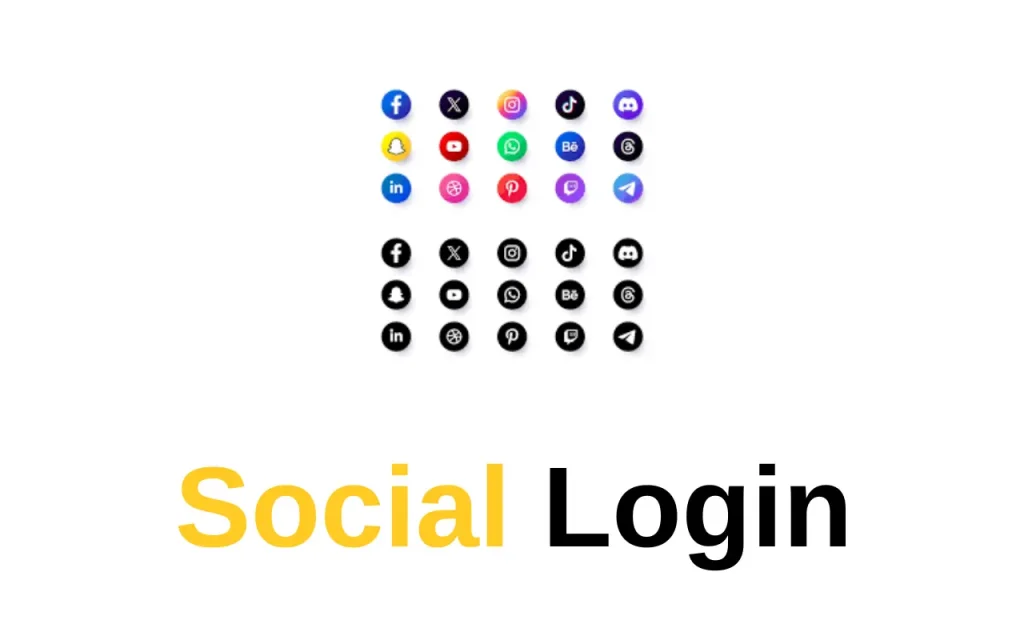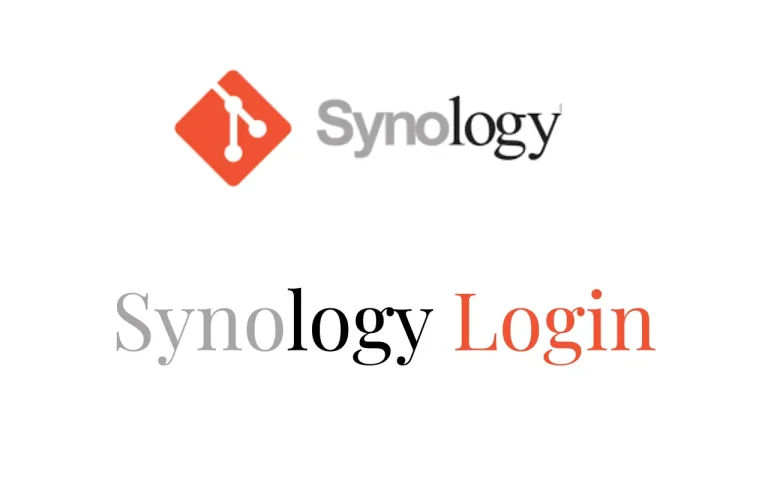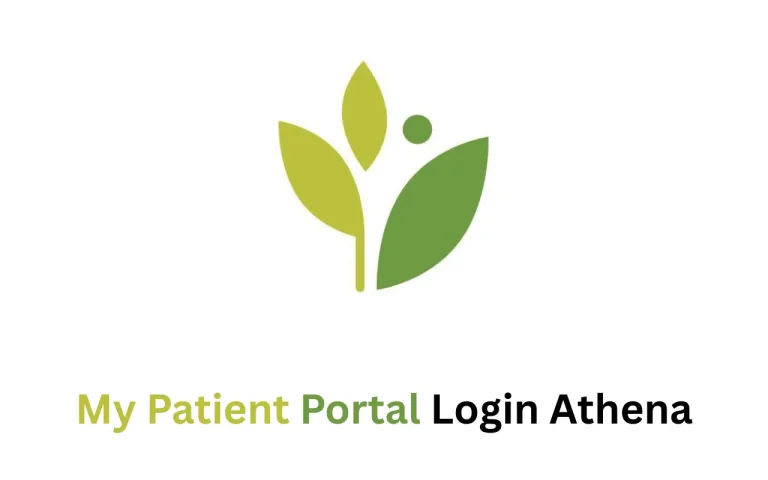How Social Login Works | Benefits, Security & Integration
In today’s fast-paced digital world, users expect simplicity, speed, and security when interacting with online platforms. One way websites and applications meet these expectations is through social login—a modern authentication method that allows users to sign in using their existing social media credentials. Instead of remembering multiple usernames and passwords, users can access their accounts through platforms they already use daily. This not only streamlines the user experience but also benefits businesses by improving conversion rates and data accuracy. Let’s explore how it works, its advantages, and best practices for implementation.
What Is Social Login and How Does It Work?
Social login, also known as social sign-in, is a convenient authentication method that allows users to access websites and applications using their existing social media credentials. Instead of creating new accounts and memorizing yet another password, users can log in using platforms like Google, Facebook, Twitter, Apple, or LinkedIn. This process significantly reduces friction in user onboarding and improves the overall user experience by enabling fast, secure, and reliable sign-in processes across devices.
Behind the scenes, it relies on OAuth 2.0, an open-standard authorization protocol that enables secure access without exposing user passwords. When a user opts to log in via a social provider, the website redirects the user to the selected platform’s login page. Once authenticated, the platform sends limited user data—like name, email, and profile photo—to the website, allowing it to create or update the user’s profile. This integration facilitates seamless access and stronger data verification.
Why Websites Use Social Login
Modern websites implement social portal to simplify the registration process and increase conversion rates. When users are required to fill out extensive sign-up forms, many abandon the process altogether. It removes this barrier by allowing users to sign up with a single click, using their existing credentials from trusted platforms like Google or Facebook.
Another advantage is improved data quality. Traditional sign-ups may lead to fake or disposable email addresses, whereas social portal login ensures access to verified information just as My Social Security Login. For businesses, this means higher quality leads, better marketing segmentation, and reduced fraud risk. Social sign in also minimizes support overhead by reducing password reset requests, freeing up valuable time and resources.
In addition, businesses gain valuable insights from users who opt in to share information during social authentication. These insights can include demographic data, user interests, or behavioral patterns—helpful for building personalized marketing strategies and improving customer experience. With login, users benefit from speed and simplicity, while businesses gain richer engagement and increased user retention.
How Social Login Works: Step-by-Step

Understanding the social sign in flow is essential for implementing it securely and efficiently:
- Step 1: The user clicks a “Login with Google” or similar button on your website or app.
- Step 2: The user is redirected to the chosen social platform’s login page.
- Step 3: If not already logged in, the user enters their credentials.
- Step 4: The social platform requests permission to share user data with your app.
- Step 5: Upon user approval, the platform sends an access token and profile data.
- Step 6: Your site receives the token, validates it, and logs the user in.
This OAuth-based flow ensures that your system never directly handles sensitive credentials, reducing security risks and ensuring user trust. It also streamlines repeat logins, as returning users often stay logged in on their preferred platforms.
Popular Platforms That Support Social access
Multiple social platforms support authentication integration, offering APIs and SDKs for seamless website and app integration. The most common providers include:
- Google – Offers OAuth-based login and is preferred due to widespread Gmail usage.
- Facebook – Popular among social networks, suitable for consumer apps.
- Apple ID – Required for iOS apps under Apple’s guidelines, with a privacy-first approach.
- LinkedIn – Ideal for professional networks, job portals, and B2B services.
- Twitter/X – Often used for apps with a younger demographic or news sharing.
- Microsoft and GitHub – Preferred in developer tools and enterprise environments.
These platforms provide scalable login solutions that maintain security and ease of use. Developers can choose one or several based on their audience. Including multiple options offers flexibility, catering to a broader user base and increasing login success rates.
Advantages of Social Login for Users
For users, it provides convenience, speed, and better control over their digital identity. Instead of memorizing unique passwords for every site, users can rely on the same trusted provider. This one-click access is especially valuable on mobile devices, where typing credentials is cumbersome. By leveraging platforms users already trust, it reduces login failure rates and increases engagement.
Additionally, users benefit from enhanced security. Major platforms like Google and Apple enforce strong password policies, two-factor authentication (2FA), and device recognition. As a result, users logging in through these services benefit from those advanced security measures without needing to configure them separately on each site. It also offers transparency, allowing users to manage app permissions and revoke access at any time.
Advantages of Social Login for Businesses
Businesses experience a variety of benefits when integrating social app login into their platforms. First, it leads to higher conversion rates. Simplifying the sign-up process reduces friction, leading to more completed registrations. With faster logins, users are more likely to return to the platform, boosting retention and customer loyalty.
Second, social portal login reduces the cost of customer support by minimizing forgotten password cases. Users rarely need to reset credentials when logging in via social accounts. Businesses also gain access to reliable user data, such as verified email addresses and profile information, which helps in creating segmented marketing campaigns, analyzing user behavior, and delivering personalized experiences.
Finally, using easy login increases a brand’s credibility. Associating your app or site with trusted platforms like Google or Apple enhances user trust, especially during the login process. When combined with a fallback traditional login method, businesses can provide flexibility while maintaining secure access.
Challenges and Considerations
Despite its numerous benefits, social user login does come with certain drawbacks. One major concern is user privacy. Some users are reluctant to share personal information with third-party websites or fear that their data may be misused. To address this, businesses should clearly state what data is collected and how it will be used, providing a transparent privacy policy.
Another challenge is dependency on social platforms. If a provider changes its API, introduces stricter data access policies, or experiences downtime, your website’s login functionality might be affected. Therefore, it’s crucial to implement fallback login options, such as email/password, and maintain API monitoring systems.
Additionally, not all users prefer social login. Privacy-conscious individuals may reject third-party authentication or prefer traditional registration methods. Businesses should consider offering both options and allow users to disconnect social accounts and set standalone passwords.
How to Integrate social on Your Website
Website owners can integrate social access through various methods depending on their tech stack. CMS platforms like WordPress offer plugins (e.g., Nextend Social sign in , Super Socializer) that support popular platforms with minimal coding. For custom websites and apps, developers can use OAuth 2.0 or OpenID Connect APIs from each provider.
Steps to integrate:
- Register your app on the social platform’s developer portal (Google, Facebook, Apple, etc.).
- Obtain the client ID and client secret.
- Configure your redirect URI to handle login callbacks.
- Use SDKs or libraries (e.g., Firebase Auth, Auth0) to handle token validation.
- Store and manage user session tokens securely.
Always provide users the option to log out or disconnect their accounts. Regularly review provider documentation for updates and security changes. For example, Apple requires developers to use “Sign in with Apple” if other logins are offered in iOS apps.
Social Login vs. SSO (Single Sign-On)
Although social login and Single Sign-On (SSO) may seem similar, they cater to different audiences and use cases. Social portal login is ideal for public-facing applications that want to simplify access for consumers. It uses personal accounts from platforms like Facebook or Google.
SSO, on the other hand, is more common in enterprise environments. It allows employees to log in once and access multiple internal systems, improving productivity and reducing the risk of password fatigue. Examples include logging into an entire suite of Google Workspace or Microsoft 365 apps with a single set of credentials.
In short, use login for customer-facing apps where convenience matters, and SSO for business tools requiring centralized authentication. Some advanced platforms support both to cater to varied user bases.
Best Practices for Social Login Implementation
To ensure the best outcomes, follow these social best practices:
- Offer multiple options (e.g., Google, Apple, Facebook) to maximize coverage.
- Place social app buttons prominently, such as above forms or at the top of modals.
- Clearly label the buttons (“Continue with Google”) to build trust.
- Ask only for necessary permissions—don’t overreach on data access.
- Provide a traditional login/signup alternative.
- Let users unlink their social account and set a password later.
Following these practices builds trust and gives users control over their authentication method. It also reduces friction and makes the login process smoother, especially for mobile-first users.
FAQs About Social Login
Conclusion
Social login is transforming how users interact with digital platforms by providing a fast, secure, and user-friendly way to authenticate without the need for separate passwords. It benefits users through convenience and enhanced security while offering businesses better data, higher engagement, and reduced friction. However, privacy, API dependency, and offering alternatives must be carefully managed.
By following best practices and understanding its mechanics, you can implement it on your website or app effectively—helping users sign in faster while maintaining their trust and security.







